Capacities is an alternative to Notion and Evernote with an object-based data organization, built-in AI, cross-platform support, and free synchronization.
You’ve probably used Notion, Obsidian, Evernote, or other similar apps. Each of them has its strengths and weaknesses. This time, I decided to take a look at a no less popular note-taking application.
Capacities is a knowledge base creation service where you’ll find all the necessary features for this purpose: notes with various templates, an AI assistant, internal links, cross-platform support, and synchronization.
First Launch and Interface
As expected, Capacities requires registration, which seems to be no problem. However, after launching the app, you’re greeted by yet another marketing questionnaire along the lines of “what’s your name and why do you need our app?”

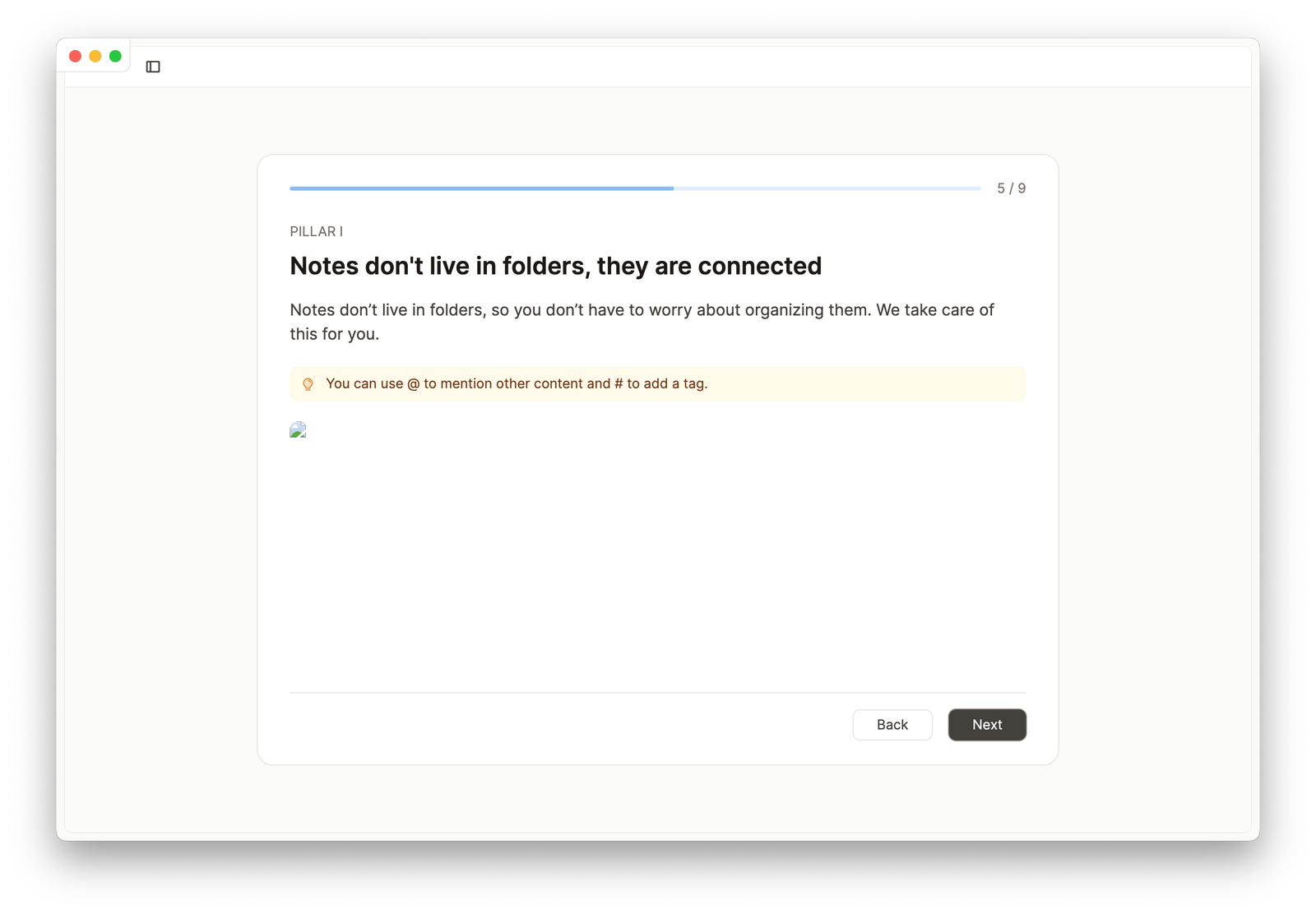
You can’t skip the survey, but at the same time, they introduce you to Capacities’ features. On macOS, the tutorial images didn’t load, so it was also pretty useless.
Once you complete registration and the tutorial, you can start working with the note-taking app. If you’re already familiar with Notion, you’ll have no trouble figuring out Capacities.

It’s almost the same as Notion. You have two panels: one for navigation through notes, and the other for the content of the note itself. Depending on the type of note, a third panel may appear, like a calendar.
Data Organization
In Capacities, all information is stored in Objects. You can create them based on templates like book, person, meeting, etc., or by type: page, tag, image, and so on. Of course, you can create an empty object and fill it with the necessary types.

When selecting a template or type, you’ll see a small preview and a list of its Properties. This way, you can determine whether the selected note type is suitable for you during the creation process.

However, structuring information inside objects can be tricky. As I mentioned, work in Capacities begins with an object, which becomes your project where you store information. Inside it, you can create subfolders and notes. Notes can be added to subfolders. This gives you double nesting of data.

The type of folder also depends on the original type of the object. For example, Pages will create Collections, and People will create Personas.
Inside the notes, you can store a variety of data, and the default set of fields will depend on the object. Other than that, the editor is no different from other note-taking apps, and you can create your dream note with any formatting.
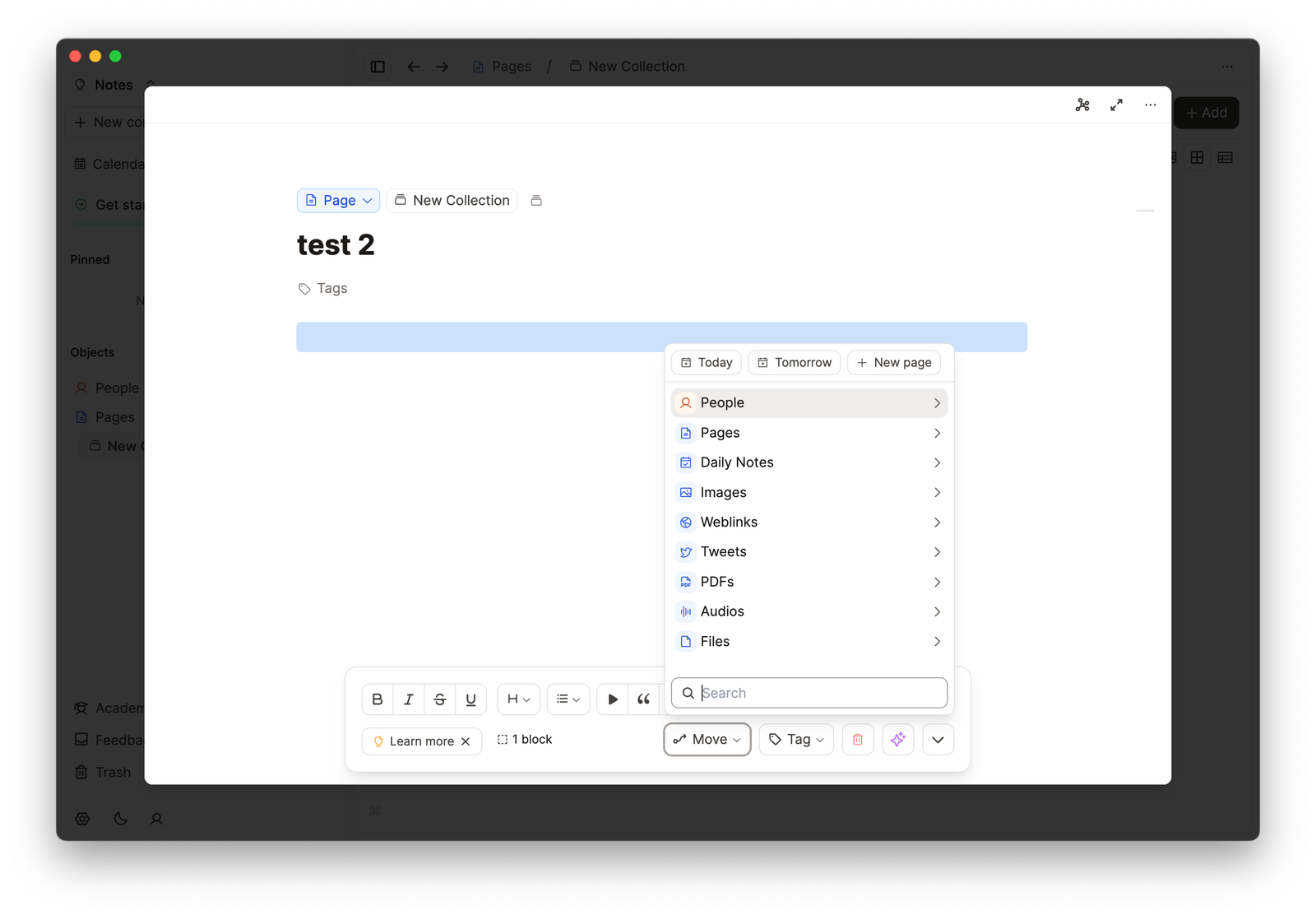
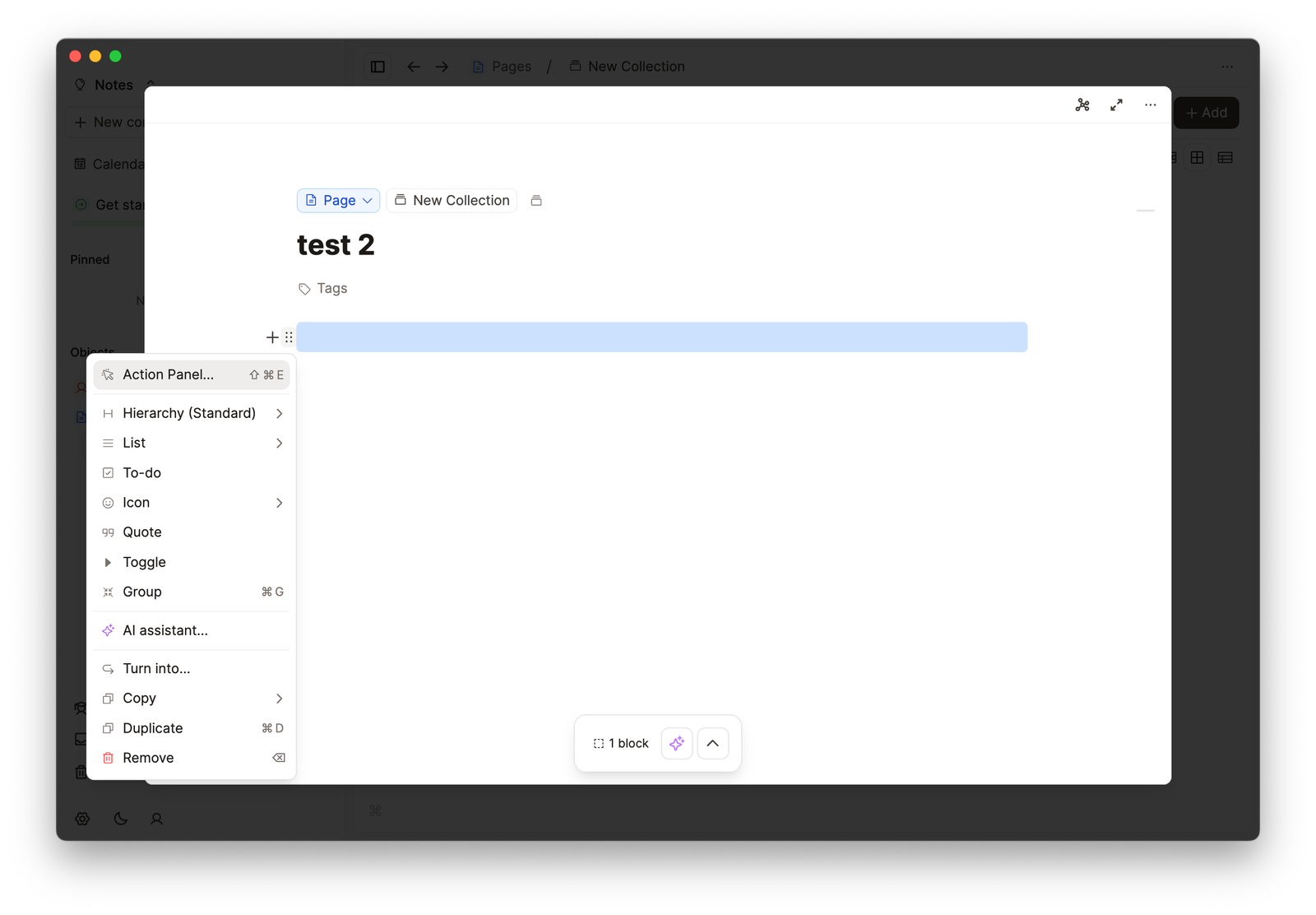
Ready notes can be linked to each other, tagged, moved between collections, and their type can be changed.
The mobile version of Capacities works just like the desktop version.
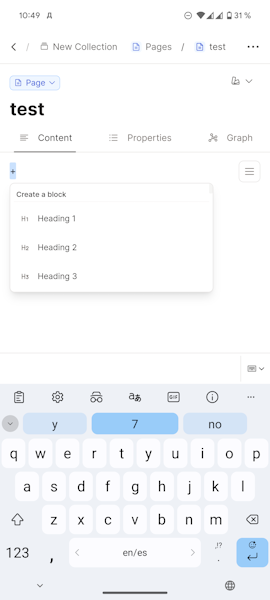
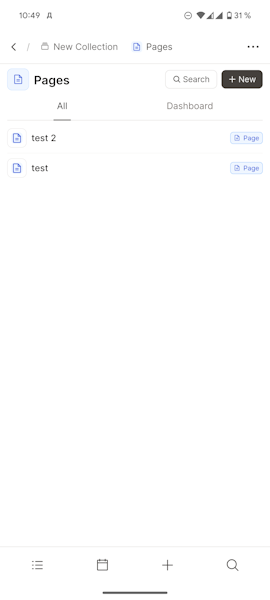
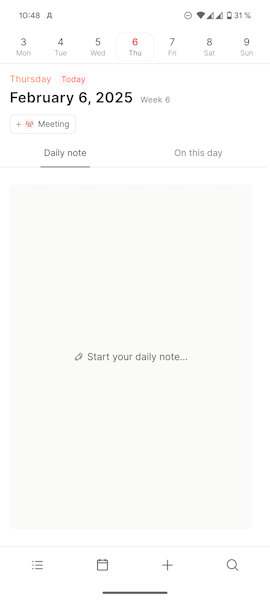
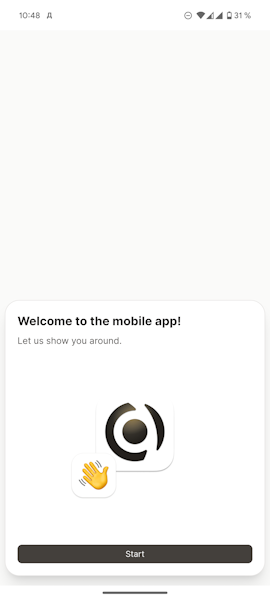
Other Features
You can’t import data from other services into Capacities, but you can make backups. However, you can’t import backups yet, as this feature is still in development.
You can create notes with a daily plan, meeting details, and other calendar-related items, then view them in the built-in calendar.
There is AI support for working with notes. This feature is part of the paid subscription, so it’s not entirely clear how it works.
Notes can be viewed on graphs, and internal blocks can be linked to each other.
Offline work is supported.
Pricing
There is a fully free version that will be enough for many users. Synchronization between devices is included in the free plan. The only limitation is the data size for uploaded files.

Paid plans start at $5.99 per month, which includes AI features.
Conclusion
Before diving into the paid version of Capacities, I recommend using the free version for a month or two. The developers promise many features, but some of them are still in development and unavailable to users. So it’s worth making sure you don’t pay for a service you might not fully utilize.
As for the implemented features, they’re great, and the service holds up well against Notion or Evernote. In many ways, it even surpasses them. So if you’re looking for a new note-taking app and are ready to start building a knowledge base from scratch, I recommend checking out Capacities.
